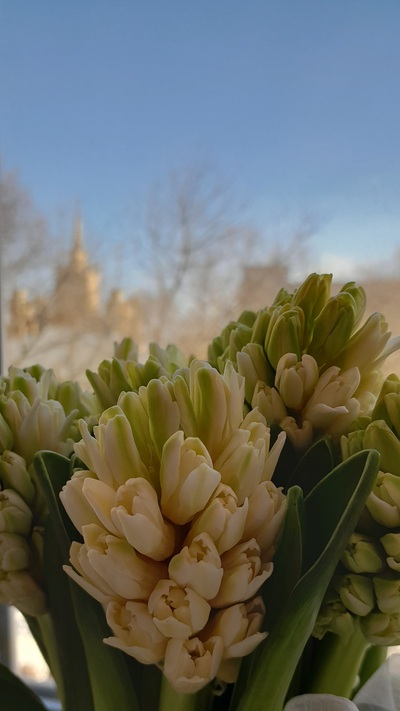
I have decided to write this post as a follow-up on the earlier post that I put together for novice teachers who are looking for inspiration for the soundtract to their VYL and YL lessons. I shared there my favourite hello and goodbye songs as well as my top five for the music and movement stage of the lesson. But that was almost four years ago and, of course, the playlist has grown longer and the time has come to share my new favourite songs that make us get up and move.
Why do we need these songs? Here are a few reasons:
- the lessons are quite long
- kids need some structured active fun to punctuate the lesson
- and to balance the periods of the focus and hard word
- these songs can also be the source of the language
- they help to develop the gross motor skills, balance and focus
- there is a huge multitude them, in different styles, genres and topics and these songs can be used to make the whole lesson consistent
- they can be used as an additional support and a way of learning Maths, Science and literacy
- they were written by adults who know kids and they have become real hits among my students
Danny Go!
Danny Go appeared all by himself. I went on holiday for a week and when I got back, he was already there, introduced by the subsitute teacher. I was not overly enthusiastic about it but the kids were and so we listened to my first Danny Go’s song Sharks in the Water! I suppose, if I were to describe it in one line, I’d say it is like a mini interactive computer game-like experience. The song tells the story (Danny is swimming to the island to get the treasure) and while he is doing that, he performs different movements which the kids had to repeat. Then, the sharks appear and you have to ‘jump out’ of the water. There is some vocabulary there but the biggest advantage of the song is that it is a perfect stirrer and it gives the kids an opportunity to develop focus, gross motor skills and coordination.
Danny has got many topical songs and in that he resembles Peppa Pig – there is an episode for every occasion (or almost) so I have been using this songs to accompany our songs on the topic of deserts, farm, jungle and what not. This is how we found out about such hits as ‘Pigs on the loose‘.
There is another type of songs that you can find on this channel and they are proper dance songs, for example ‘In the mood for food‘, with great movements and a bit more vocabulary input.
Jack Hartman
I have to be honest, Mr Hartman popped up ones or twice in my youtube searches but I did not find him appealing enough, visually, and I did not bother to click and to research. Until one day, when I was walking past by Miss Kate’s classroom and through the open door I saw the kids working out and counting, during the break time…Of course, I joined in! Jack Hartman was counting to 100, by ones and everyone was counting with him AND doing exercise, one type for every ten. I knew I had to introduce him to my year 1 kids.
Apart from different counting workout songs, there are also some alphabet songs, move and freeze songs and, the recently discovered series of ‘Multiply by…’, with a separate song for each table which help us practise and remember! And each of them in a different style so we are also getting educated musically, with rap, rock and roll, disco and reagge!
Dance Freeze!
The idea of all of the songs from the series is pretty simple: you have a few movements which you repeat until you hear the command ‘Freeze’. Your task is to repeat the movements, to listen and, when necessary, to freeze. It is a great and a very simple brain breaker because you get to jump, to dance like a robot, to dance in slow-mo, but because the original song has been so successful, new and new episodes have been added to practise sports, instruments, chores verbs and many more. The five basic songs lasted us a good few months and the channel ‘Scratch Garden’ has a lot more to offer. I am just going through their recordings…Like the ‘Stop Copying Me’ that I haven’t used yet and ‘The Sentence Song’ that will come in SO HANDY in our English lessons!
And, dear reader, here is the bonus! As you have noticed – these are not three songs but three wonderful channels that have a lot to offer! Let’s get moving!
Happy teaching!

